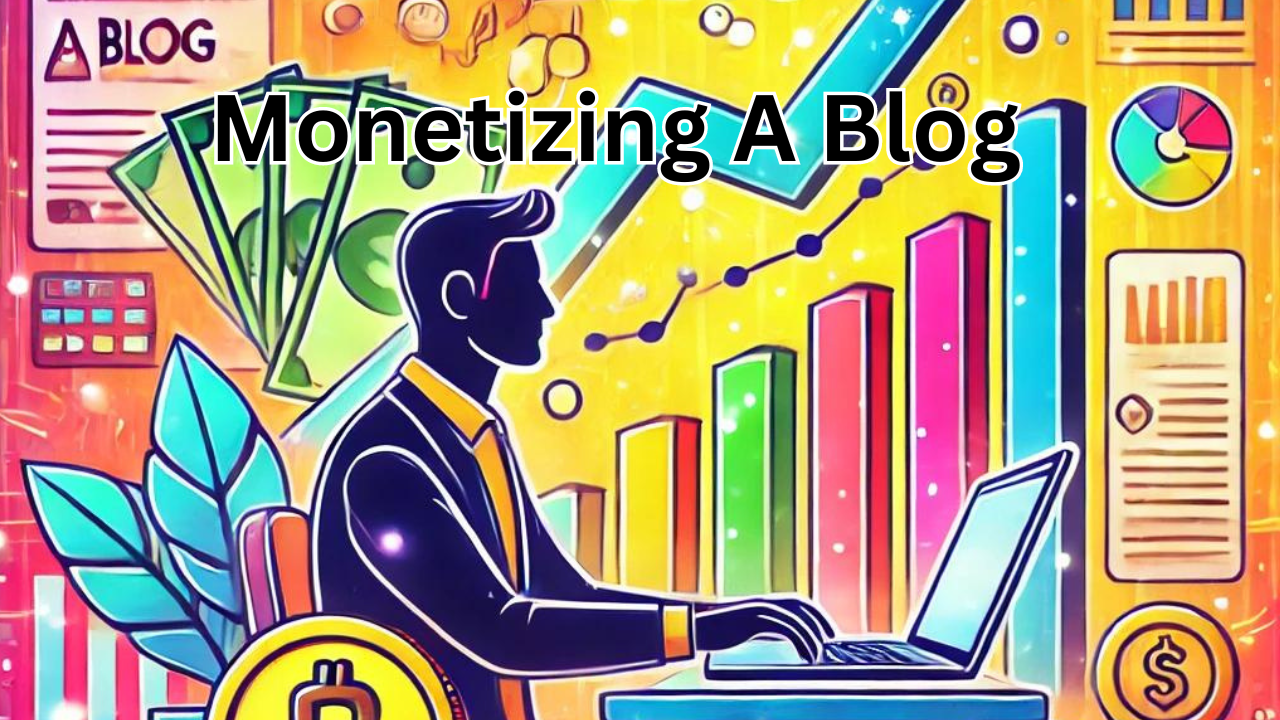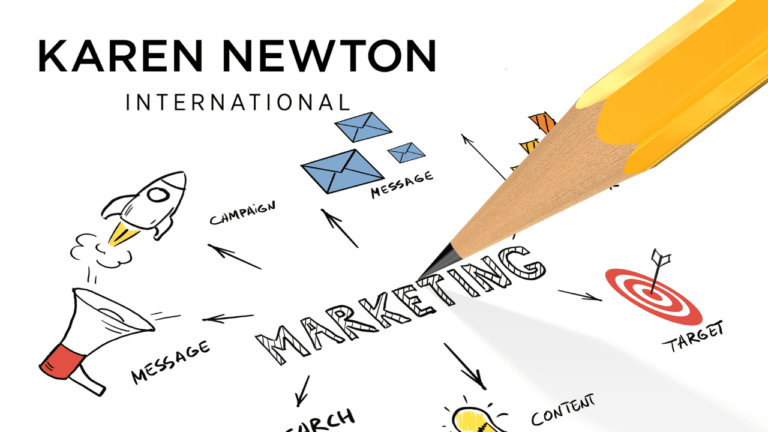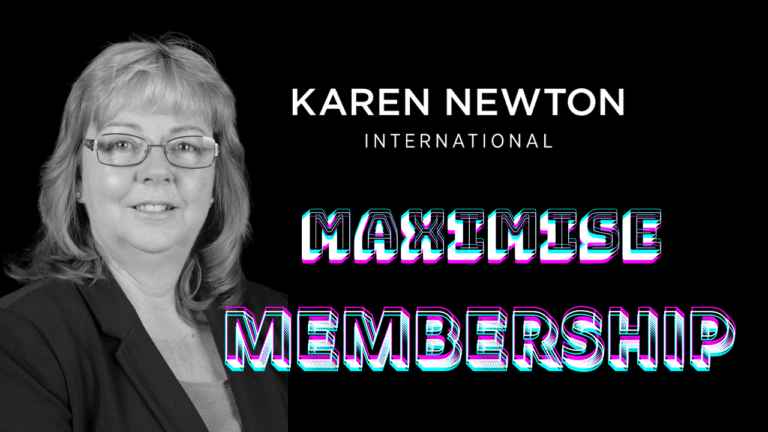How To Monetize Your Blog And Make Money Online
Monetizing your blog can be an excellent way to turn your passion into a steady income stream. By strategically planning and implementing different monetization strategies, you can generate revenue while continuing to offer valuable content to your readers.
Popular blog monetization strategies include affiliate marketing, memberships, Adsense, and private advertising. Each method has its strengths and can be tailored to suit your blog’s niche and audience.
Planning is essential. Before diving into monetization, set clear, realistic goals for what you want to achieve. Consider what types of monetization tactics will best align with your blog’s content and your audience’s interests.
Keep in mind that achieving success might take time and requires consistent effort. Regularly monitor your progress to make necessary adjustments and optimize your strategies. Staying patient and focused will be key in building a sustainable income from your blog.
Affiliate Marketing: A Profitable Approach
Affiliate marketing is a popular way to make money through your blog by promoting other companies’ products or services. You earn a commission on sales generated through your referral links.
Choosing the right affiliate programs is crucial. Look for programs that align with your blog’s niche and resonate with your audience. High-quality, relevant products or services will likely perform better and gain your readers’ trust.
Once you’ve chosen the programs, create content that naturally incorporates these affiliate links. This could be product reviews, tutorials, or listicles that recommend products or services related to your niche. Authenticity is key here. Readers can spot a hard sell from a mile away, so weave your recommendations into engaging, valuable content.
Transparency is vital. Always disclose your affiliate relationships. Not only is this required by law (FTC guidelines), but it also builds trust with your readers. Being upfront about your affiliations lets readers know that while you earn a commission, your recommendations are genuine.
Tracking the performance of your affiliate links helps you understand what’s working and what isn’t. Most affiliate programs provide analytics tools to monitor clicks and conversions. Use this data to refine your strategy, focusing on the types of content and products that yield the best results.
Memberships: Building a Loyal Community
Offering memberships on your blog is a fantastic way to create a steady income while building a loyal community. Membership models allow you to provide exclusive content and perks to those who subscribe, fostering a deeper connection with your audience.
Understanding the different types of membership models is the first step. You can offer various tiers, from basic to premium, each providing unique benefits like early access to content, members-only articles, or one-on-one interactions. Think about what will add the most value for your readers and encourage them to join.
The main advantage of memberships is the stable revenue they bring. Instead of relying solely on ad revenue or one-off sales, you have recurring income that can help you plan for the future. Plus, members who pay for access are often more engaged and loyal.
Creating high-quality, exclusive content for your members is key. Whether it’s in-depth articles, video tutorials, or downloadable resources, make sure the content is worthwhile. Members should feel they’re getting something they can’t find anywhere else. Consistency in delivering this value keeps subscribers happy and attracts new ones.
When it comes to pricing, be strategic. Set up multiple membership tiers to cater to different budgets. Offering a lower-priced option can attract more subscribers, while higher tiers can include premium content or personal coaching sessions. Use tools and platforms like Patreon, MemberPress, or your blog’s CMS to manage memberships efficiently.
Building and maintaining your membership community takes effort. Regularly interact with your members through comments, emails, and social media to keep them engaged. Listening to their feedback and making improvements based on their suggestions can make your community stronger and more connected.
Maximizing Revenue with Ads: Adsense and Private Advertising
Ads can be a powerful tool for monetizing your blog. There are two primary approaches: using a service like Google AdSense or partnering directly with brands through private advertising deals.
Google AdSense is a popular choice because it’s relatively easy to set up. It allows you to display targeted ads on your blog and earns you money when visitors interact with them. The first step is to sign up for AdSense and add the provided code to your blog. From there, Google takes care of the rest, displaying ads that are relevant to your content and readers.
Optimizing AdSense is an ongoing task. Placement of ads is crucial; they need to be visible but not intrusive. Common spots include the header, sidebar, and within the content itself. Experiment with different placements and monitor their performance to find what works best. Also, pay attention to ad formats. Some perform better on desktops, while others are optimized for mobile devices.
Using AdSense has its pros and cons. It’s relatively easy and doesn’t require you to actively manage relationships with advertisers. However, the revenue per click can be low, especially if your blog doesn’t attract a lot of traffic. Moreover, an excessive number of ads can disrupt the user experience and potentially drive visitors away.
Private advertising can be more lucrative but requires more effort. Approach brands and businesses relevant to your niche, presenting them with clear benefits of advertising on your blog. Highlight your audience demographics, traffic statistics, and engagement rates. Having a media kit can make these pitches more professional and convincing.
Negotiating and managing these private deals involves setting clear terms and expectations. Determine the placement of ads, duration of the campaign, and payment terms beforehand. Building good relationships with advertisers can lead to recurring deals and higher revenue.
Balancing ads with user experience is essential. Too many ads can slow down your site and frustrate your readers, leading to higher bounce rates. Always prioritize your audience’s experience, ensuring that ads complement, rather than detract from, your valuable content.






